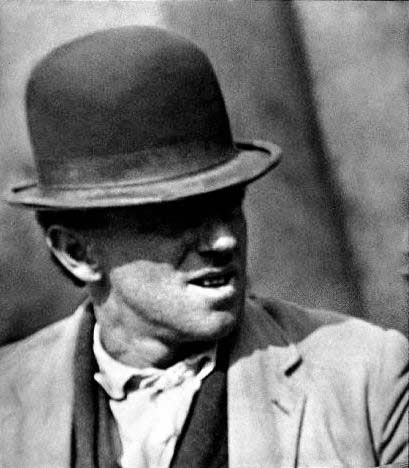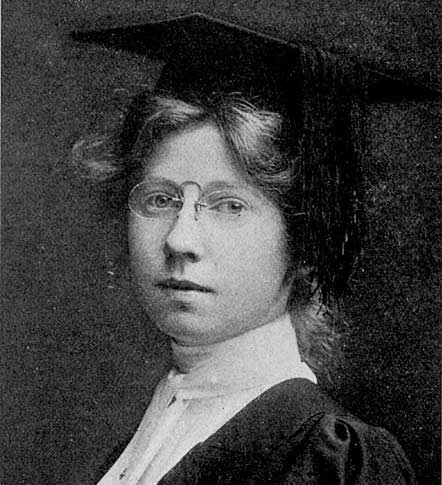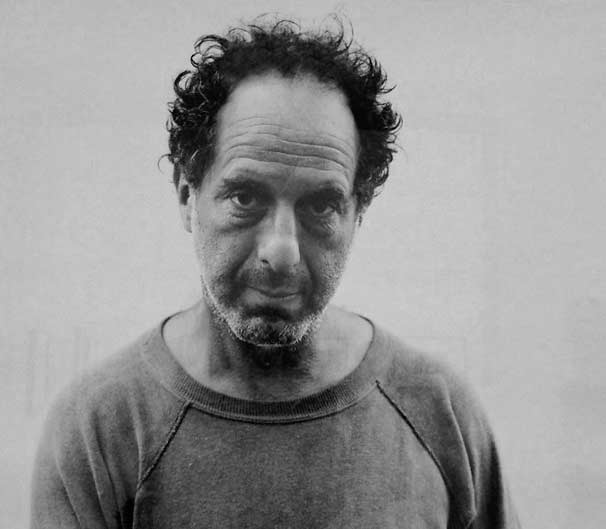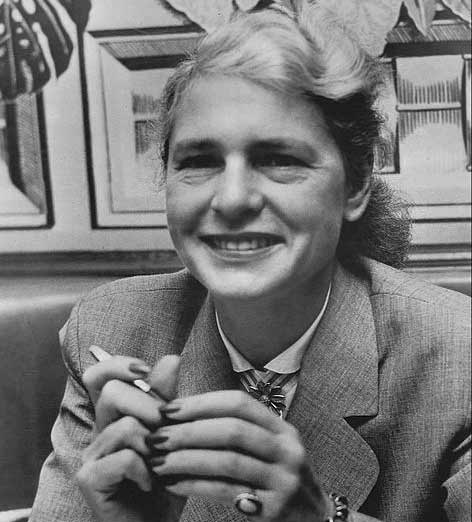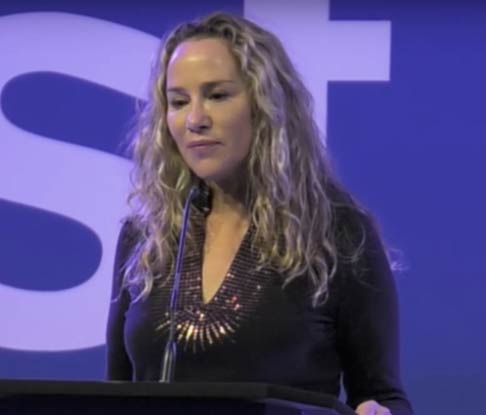| Full Name | Lewis Wickes Hine |
| Date of Birth | September 26, 1874 |
| Place of Birth | Oshkosh, Wisconsin, U.S. |
| Date of Death | November 3, 1940 (aged 66) |
| Place of Death | Hastings-on-Hudson, New York, U.S. |
| Education | University of Chicago, Columbia University, New York University |
| Occupation | Sociologist, photographer |
| Movement | Documentary photography, social realism |
| Patrons | Russell Sage Foundation, National Child Labor Committee, Works Projects Administration |
| Known For | Social reform was instrumental in the passage of the first child labor laws in the U.S. |
| Early Career | A teacher at the Ethical Culture School in New York City encouraged students to use photography as an educational medium |
| Ellis Island Photography | Photographed immigrants arriving at Ellis Island (1904-1909) |
| Russell Sage Foundation | Staff photographer documented life in Pittsburgh’s steel-making districts |
| National Child Labor Committee | Photographer documenting child labor across the U.S. (1908-1918) |
| Notable Techniques | Used disguises to gain entry to factories and mills, posed as various professionals |
| World War I | Photographed American Red Cross relief work in Europe |
| Empire State Building | Commissioned to document its construction in 1930, took photographs in precarious positions |
| Legacy | Known for exposing the harsh realities of child labor and contributing to social reform through photography |


